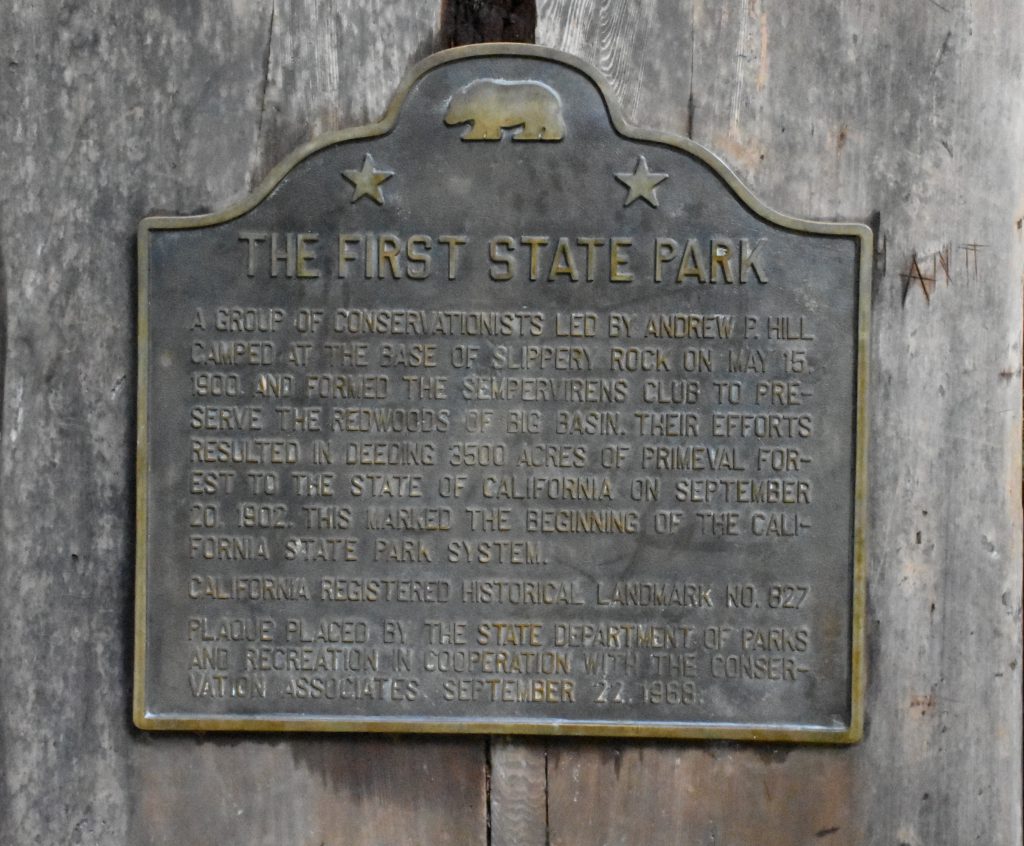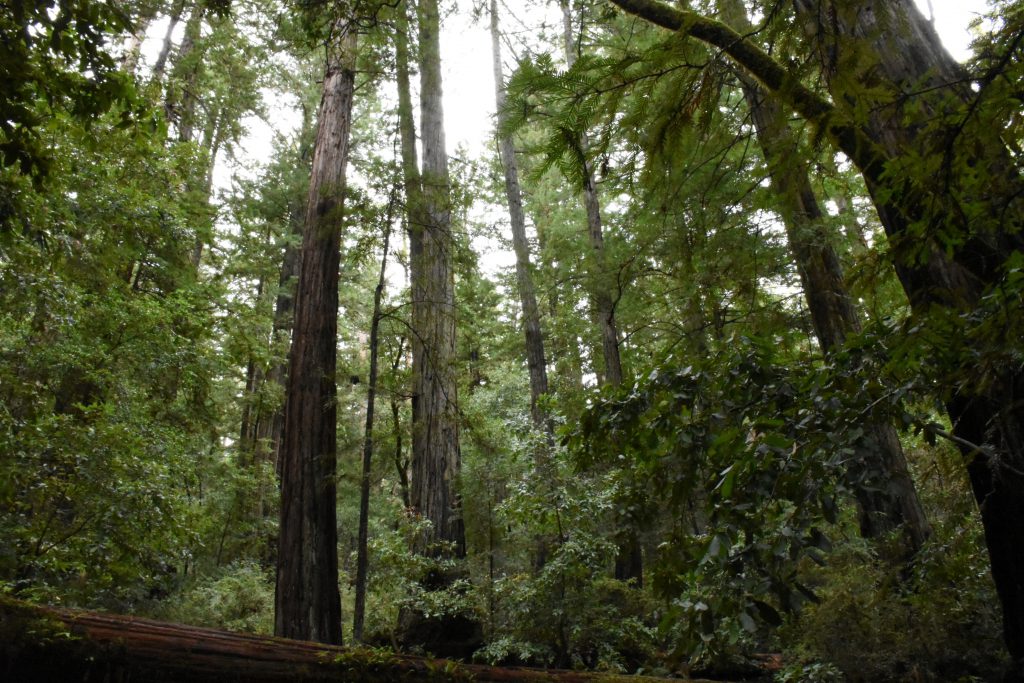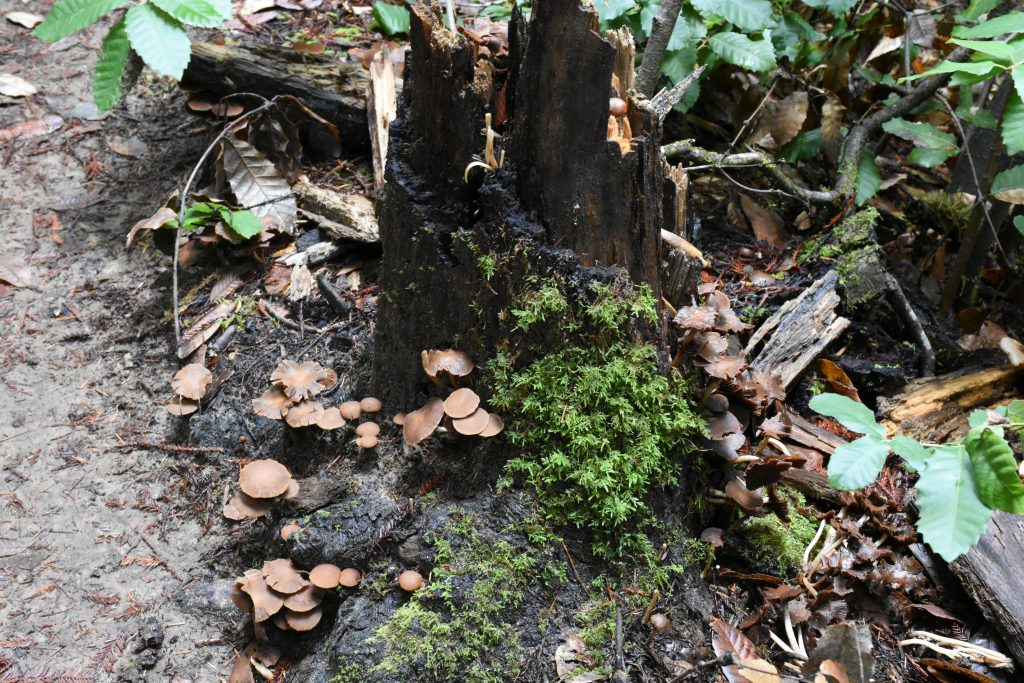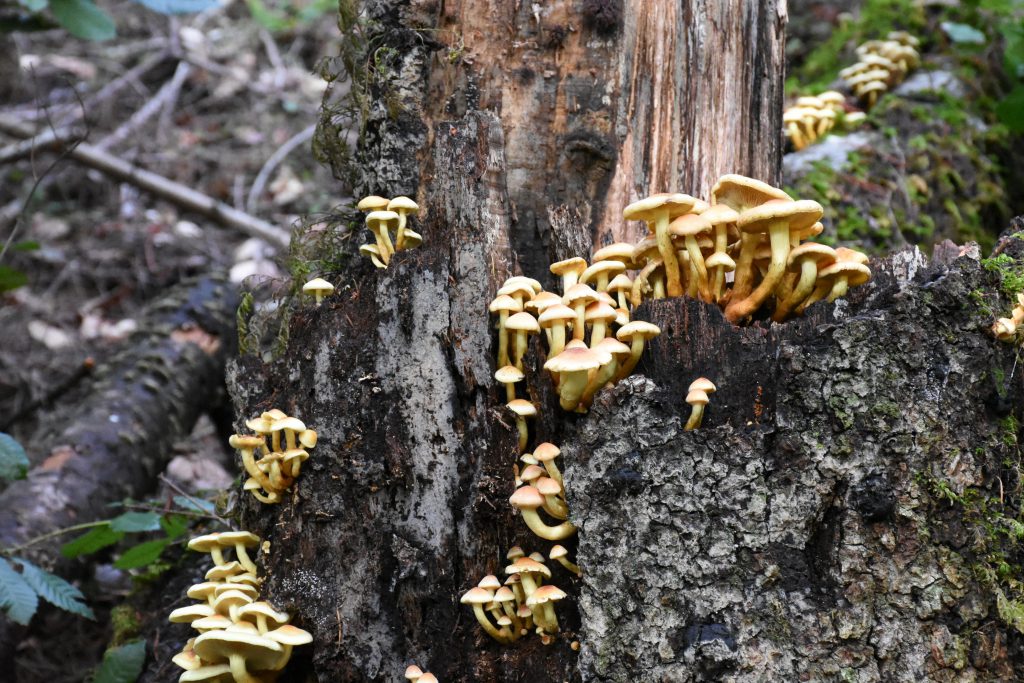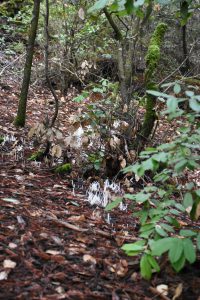In recent years the day after Thanksgiving has become known as Black Friday, a day when retailers across the nation offer fantastic sales in order to separate Americans from their hard-earned cash. I hate shopping even under the best of circumstances, and you couldn’t pay me enough to step foot in a shopping mall on Black Friday. Fortunately, a trio of organizations have put together about the most awesome alternative to Black Friday that I could imagine. They call it Green Friday.
The idea behind Green Friday, as I understand it, is to get people to spend the day after Thanksgiving outdoors enjoying nature instead of fighting over $5 t-shirts at some big department store. The three organizations–Save the Redwoods League; the California State Parks Foundation; and the California State Parks–sponsored some number of free parking passes at the state parks. I have a Golden Poppy pass, which gets me into state parks in northern California and we didn’t need one of the free passes, but I’ve been wanting to go hiking up in Big Basin so I rounded up my husband and a few friends and off we went.
Big Basin Redwoods State Park is the oldest state park in California, established in 1902. It has long been my favorite of the state parks I’ve visited.
I have to say, the Green Friday thing seemed to be working. The park was very crowded, with lots of families. We chose to hike the Sequoia Trail, a 4-mile loop that begins at the park headquarters and goes past Sempervirens falls, a monument to the founders of the park, and a treacherous passage called Slippery Rock. The oldest and tallest redwood trees in the park are seen from the Redwood Loop trail, which we didn’t hike this time. But it is impossible to see any redwood forest, and not feel awed.

25 November 2016
© Allison J. Gong
The oldest of these trees have outlived multiple human civilizations. It’s humbling to be surrounded by such ancient beings.
The forest floor is shaded by the canopy of the redwood and other tall trees. At this time of year, and especially after a rain, the understory is spectacular with greenery and life. It’s all about the mushrooms. California had four dry winters before last year’s El Niño rains, and so far this autumn has been fairly wet. Well, October was wet; we didn’t have rain in November until last weekend. The fungi have been biding their time, waiting for enough water to fall from the sky before sending up their fruiting bodies. Now, I freely admit that mushroom identification is a major weak spot of mine, so take these names with a grain of salt. But I’m learning! The duff on the ground in the area we hiked was a mixture of redwood needles and leaves from tan oak (Notholithocarpus densiflorus) and California bay laurel (Umbellularia californica). Many mushrooms were growing directly through the duff, while others were growing on living or dead trees.
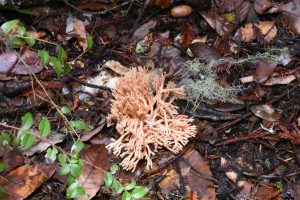
25 November 2016
© Allison J. Gong
This so-called coral mushroom is, I think, Ramaria formosa. We saw a few clumps of it right at the beginning of the hike, in this pale orange color. The branching at the tips appears to be more or less dichotomous, and the overall shape and size of the body reminded me of the intertidal rockweed Pelvetiopsis limitata.
These really pretty bracket fungi may be turkey tails (Trametes versicolor). We found lots of them on both dead and living trees. The ones that are brilliant orange and brown I do recognize as turkey tails, but when they’re pale and creamy like these I’m not sure whether or not they’re the same thing.
And there were spectacular displays like this:
and this:
and this:
and strange things like this:
I was able to identify those strange white things as Clavaria fragilis, or fairy fingers. The mycelium of this fungus lives underground in grasslands and wooded areas; it is described as common in this area, especially during the wetter months. The arrangement of these fruiting bodies in a more or less straight line is interesting and makes me wonder if the mycelium is living in a log buried under the duff. I don’t know what else would cause the mycelium to grow in such a linear fashion.
My favorite mushroom photo of the day was of these LBMs (little brown mushrooms) that were growing out of a downed redwood. The mushrooms themselves are extremely cute, but what I really like about this picture is the bokeh. I’ve become intrigued by the practice of composing and exposing photographs so that the the non-subject matter is deliberately blurred and becomes part of the overall aesthetic quality of the image. I think I’ve noticed it before, but never really thought about how to achieve it. Practicing it is a whole lot of fun, and I think there will be many more photos like this in my future.
Where there are mushrooms there are mushroom predators such as banana slugs. I think we counted about 10 of the bright yellow gastropods on our hike. Alas, none of them were copulating. But one of them was eating a mushroom!
What a great afternoon it was! Given how crowded the park was I’d say that Green Friday was a success. I’d so much rather see people hiking or at least spending time outdoors than shopping for material things. I hope that Green Friday is here to stay!

